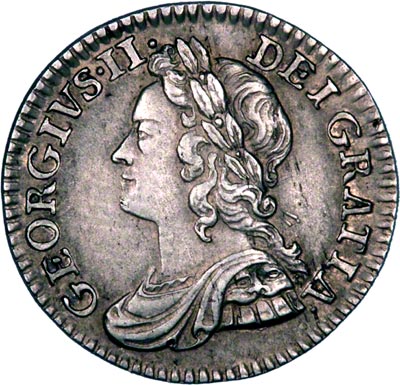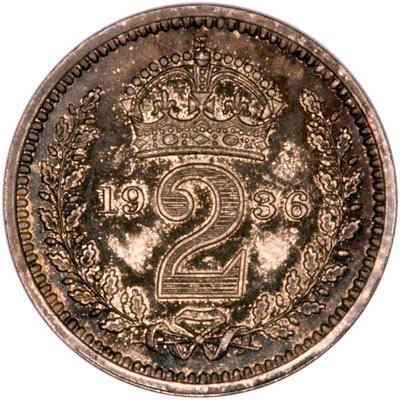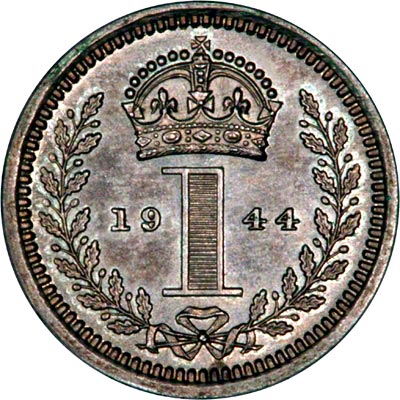| The Very Highest Quality Pennies... |
| Maundy Money |
|
 |
.jpg) |
 |
 |
 |
In The Beginning...
Christ washed the feet of his disciples before the Last Supper as a demonstration of humility. He also gave them a new commandment, that they should love one another. This tradition was continued by his followers, and is still practised by the modern day Pope on the day before Good Friday. It has also been practised by a number of monarchs, lords, and religious leaders, often in conjunction with a distribution of alms in the form of food and drink (dole), cloth, and money.
Why Maundy?
The latin for commandment is mandatum, and it is from this that the word maundy is derived. The Thursday before Good Friday is now known as Maundy Thursday, although it has also been known as Shire Thursday.
The Royal Connection
In Britain, the tradition of giving silver coins to the poor is said to have originated with St. Augustine in 597 AD at Canterbury, and been performed by the monarch since the days of Edward II. Originally the recipients were all of the same sex as the monarch, but at some stage this was extended to both sexes.
Samuel Pepys commented in 1667 "but the King (Charles II) did not wash the poor people's feet himself, but the Bishop of London did it for him." James II is said to have been the last British monarch to have performed this act personally. The washing of the feet was abandoned in the 18th century.
Denominations
Modern Maundy sets consist of four coins, penny, twopence, threepence, and fourpence, but in the days of Edward II, only silver pennies would have been distributed, even though fourpences known as groats would have been available. The other two denominations were not introduced until later, 1551 in the case of the threepence, and 1660 for the twopence. It was possibly in 1667 that all four denominations were given for the first time.
Designs
With the restoration of the monarchy under Charles II in 1660, a number of interlinked "C's", according to the value, so 4 on the 4 pence, etc. This was continued under James II until 1688, although the C's were changed to I's, for IACOBUS. From the reign of William & Mary in 1689, the design changed to a crown over a numeral representing the value, this same design is still used today.
The Ceremony Venue
The ceremony was originally performed at the Chapel Royal in Whitehall, but later moved to Westminster Abbey.
Early in the Queens reign, she decied that the service should be held at a different venue every year, and not just in London.
If you want to find the value of a coin you own, please take a look at our page I've Found An Old Coin, What's It Worth?
There are more answers to be found on our Frequently Asked Coin Questions page.
If you have an enquiry about any of our Maundy coins we'd be happy to try to answer you.
| ...at the Lowest Possible Price |
|
32 - 36 Harrowside, Blackpool, Lancashire, FY4 1RJ, England. Telephone (44) - (0) 1253 - 343081 ; Fax 408058; E-mail: The URL for our main page is: https://24carat.co.uk | Chard(1964) Ltd |